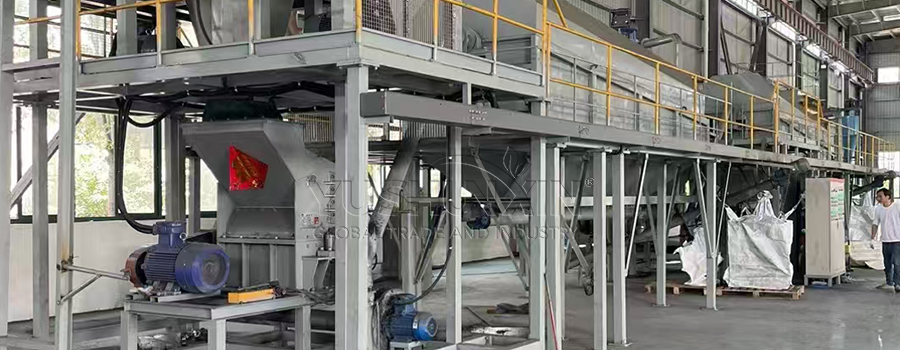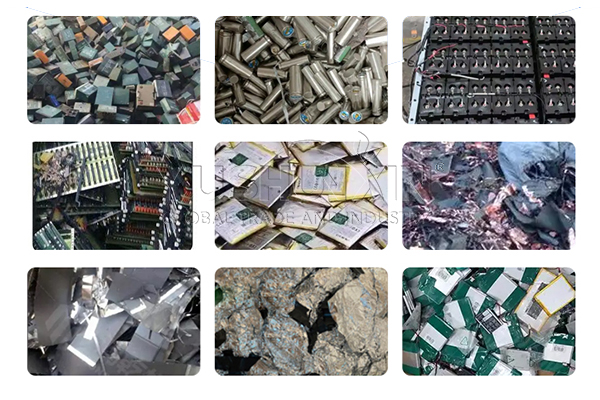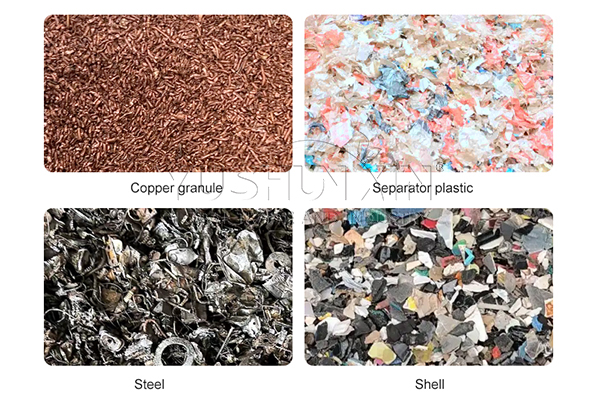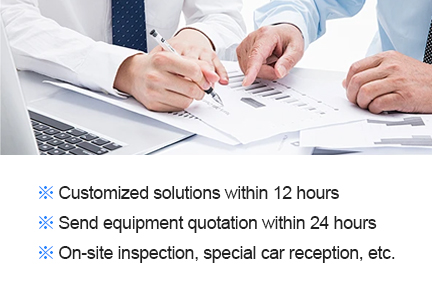If you choose a 500kg/h lithium battey recycling line, you can expect a moderate initial investment and steady returns. Typically, the total investment for such a line ranges from $150,000 a $200,000, depending on your required automation and local costs. With average daily operations and a continuous supply of waste batteries, you can achieve payback within 12 a 18 months. This time frame allows you to recover equipment costs before making additional profits, especially if you maintain efficient operations and steady material sourcing.

- Hogar
- Acerca de
- Contacto
- Productos
- Planta de reciclaje de batería LFP
- Línea de reciclaje de baterías de vehículos eléctricos
- Línea de eliminación de baterías de litio de teléfono móvil
- Máquina de reciclaje de batería de litio
- 500Planta de reciclaje de batería de litio kg/h para la venta
- 1000Proyecto de eliminación de baterías de litio kg/h
- Costo de la máquina de reciclaje de batería de litio
- Máquina de descarga de batería de litio
- Máquina de reciclaje de batería de litio
- Equipo de detección de reciclaje de baterías de litio
- Sistema de recolección de polvo de reciclaje de baterías de litio
- Solución
- Tecnología
- Línea de eliminación de batería de litio mecánico
- Proceso de eliminación de pirólisis de la batería de litio
- Planta de reciclaje de baterías de litio hidrometalúrgica
- Soluciones de reciclaje para materiales de separador de baterías de litio al final de la vida
- Recuperación y reutilización de aluminio de grafito y cobre en la eliminación de la batería de litio
- Proceso de separación de masa negra en la eliminación de la batería de litio
- Solución de control de contaminación ecológica en reciclaje de baterías de litio
- Casos&Noticias
- Cómo deshacerse de la batería de litio en la India
- 1000Eliminación de la batería de litio kg/h en Japón
- Cómo configurar una planta de reciclaje de baterías LFP de 500 kg/h en Singapur
- $300,000 Costo de la planta de eliminación de baterías de litio de teléfono móvil en el Reino Unido
- ¿Cuánto cuesta el reciclaje de baterías de vehículos eléctricos en Australia?
- Arriba 4 Consulta el reciclaje de baterías de litio en Singapur
- Fábrica mecánica de reciclaje de baterías de iones de litio Establecimiento para retorno de inversión rápida
- Crecimiento de la inversión de fábrica de eliminación de baterías de litio en Argelia 2025
- Preguntas frecuentes
Obtener la solución










